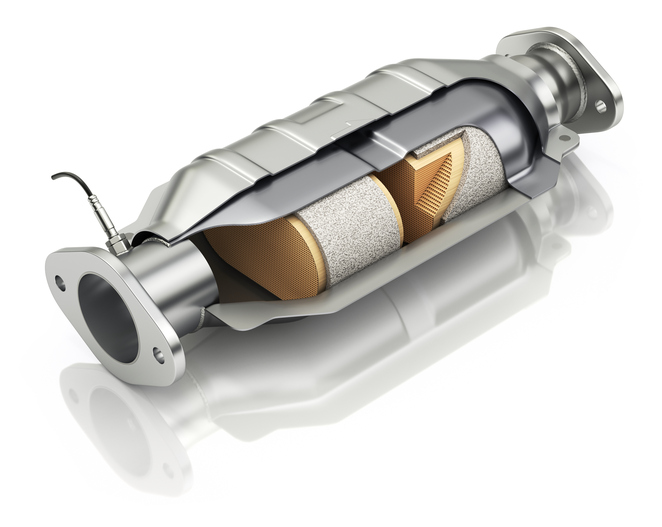Dealing With Broken Catalytic Converters After Automotive Training School
As any auto mechanic can tell you, issues with catalytic converters can come up from time to time when you service vehicles. A catalytic converter helps control exhaust emissions by converting toxic pollutants and exhaust into less harmful exhaust for release, and is a very important part of the vehicles you will service.
This means that having a sharp eye for catalytic converter problems, and knowing how to address them, is important. Keep reading for some tips on dealing with broken catalytic converters and providing your clients with excellent auto service in the process!
How to Identify Catalytic Converter Problems After Auto Training School
When a client seeks your services for their vehicle, they may not know what the exact problem is. Your job as a mechanic is not only to repair vehicles, but also to identify what needs to be repaired in the first place. There are many things that can indicate a vehicle may have a broken or damaged catalytic converter, including:
- Reduced performance due to trapped exhaust
- Low fuel economy
- Increased emissions
- Signs of fuel vapor over the carburetor
By looking and testing for these signs of catalytic converter problems using what you learned at auto training school, you can catch broken catalytic converters and get started on your work toward a well-running vehicle.
Catalytic Converter Problems May Signal Other Problems With the Vehicle
If you are working on a vehicle with a broken catalytic converter, it’s important to do a more thorough examination of the vehicle to see if there are other problems that are damaging the catalytic converter. Catalytic converters are meant to last for a vehicle’s entire life—if this doesn’t happen, it’s possible that another underlying problem could be behind the breakdown.
Faulty sensors can cause many problems with catalytic converters, as they can cause too much unburned fuel to enter the exhaust and lead to overheating. Similarly, gasket failure can also damage catalytic converters by allowing coolant to enter the intake system. If underlying issues like these are not addressed when the converter is repaired, two things are likely to happen. First, the underlying issue may get worse, further impairing the performance of the vehicle. Second, the issue may continue to damage the new or repaired catalytic converter, resulting in the need for further repairs. By seeking out underlying issues the first time you repair a catalytic converter, you can prevent further problems and provide more long-lasting auto service to your clients.
Become a Mechanic and Help Clients Keep Their Vehicles Running Efficiently
A broken catalytic converter not only prevents a vehicle from running properly. As one of the main indicators of a broken catalytic converter is reduced fuel economy, this problem can also severely undermine the efficiency of the vehicle, which is bad news for the atmosphere and your client’s wallet.

When you become a mechanic, discussing this aspect of catalytic converter problems can help customers understand the importance of having a professional fix their catalytic converter right away, rather than wait before making the repair. By combining preventative measures with expert auto service, you will be in a great position to find success as a trusted auto mechanic.
Do you want to turn your passion for cars into a rewarding career?
Contact CATI to learn more about the automotive careers available to you.

